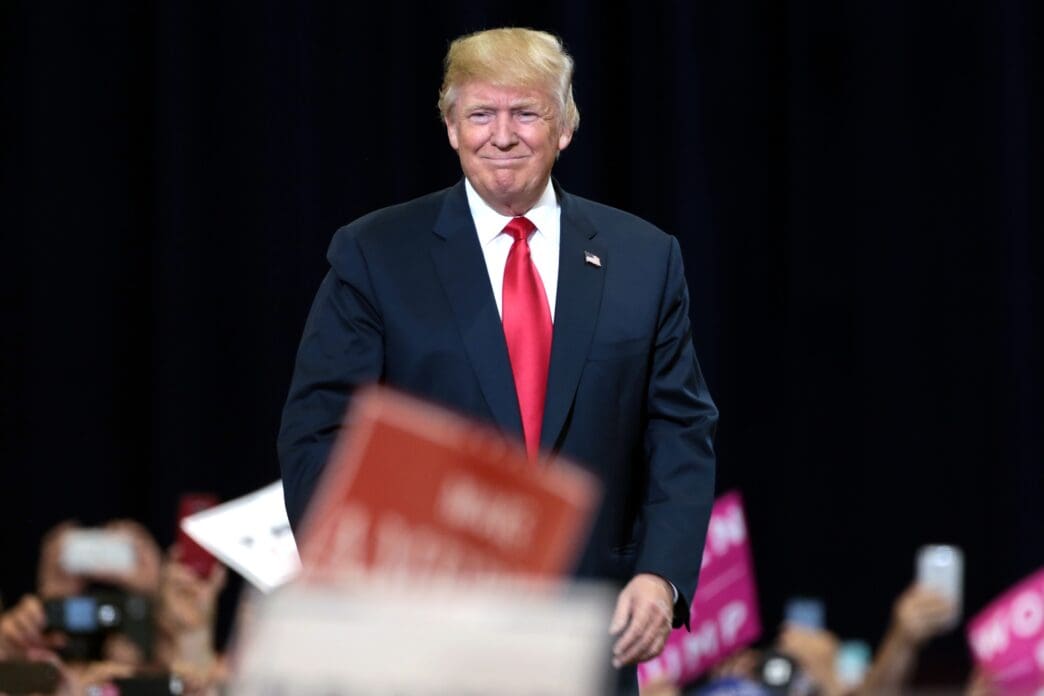Executive Summary
The Story So Far
Why This Matters
Who Thinks What?
President Donald Trump has continued to fuel speculation about a potential third term bid in 2028, despite clear constitutional barriers, with an analysis suggesting these discussions serve to prevent him from being perceived as a “lame duck” president. The ongoing remarks come amidst his second term in office and despite the constitutional two-term limit for presidents.
Trump’s Ambiguous Stance
The latest comments from President Trump came aboard Air Force One, where he responded to questions about a 2028 run. “I would love to do it. I have the best numbers ever,” Trump told reporters, while also making unsubstantiated claims about his poll numbers. When pressed on whether he was ruling out the possibility, Trump stated, “You’ll have to tell me.” This follows recent suggestions from Trump ally Steve Bannon about a potential plan for the president to seek re-election.
Constitutional Limits and Strategic Intent
The Twenty-second Amendment to the U.S. Constitution explicitly limits a president to two terms in office. Despite this, an analysis by Aaron Blake suggests that dismissing Trump’s ongoing discussion of a third term would be ill-advised, citing his past actions that have challenged established norms and legal frameworks. The analysis posits that even without a serious intent to run, the mere discussion serves a strategic purpose.
Avoiding Lame-Duck Status
The primary reason, according to the analysis, is to stave off “lame-duck” status. This term typically refers to a president in their second term who is constitutionally barred from seeking re-election, leading to a diminution of their political influence as other institutions and political figures begin to plan for a post-presidency reality. Political scientists John C. Fortier and Norman J. Ornstein previously noted that the Twenty-second Amendment contributes to the decrease in the office’s standing in the eyes of other Washington institutions.
Maintaining Influence
President Trump’s unique political dominance over the Republican Party makes his situation distinct. However, signs have emerged of Republicans and allies beginning to consider a political landscape not centered on Trump. Examples include Representative Marjorie Taylor Greene’s efforts to carve out an even more populist lane and observations within the MAGA media ecosystem preparing for a future without Trump at the helm. By keeping the third-term conversation alive, Trump aims to maintain his leverage and deter any premature distancing from his political movement.
The analysis concludes that the ongoing discussion around a potential third term, while constitutionally challenging, serves a strategic purpose for President Trump in maintaining political leverage and deterring a perception of diminished power as his second term progresses.








